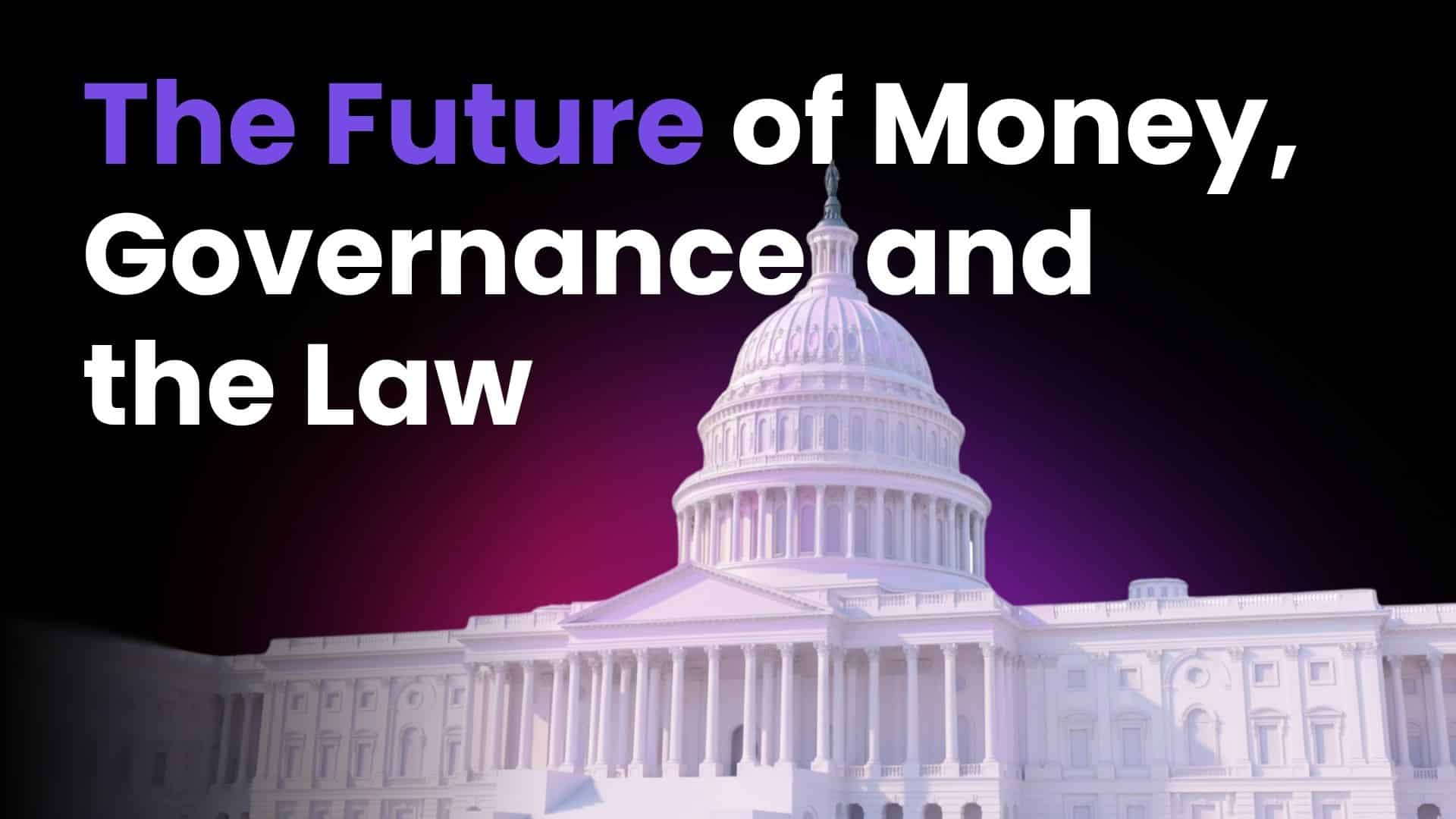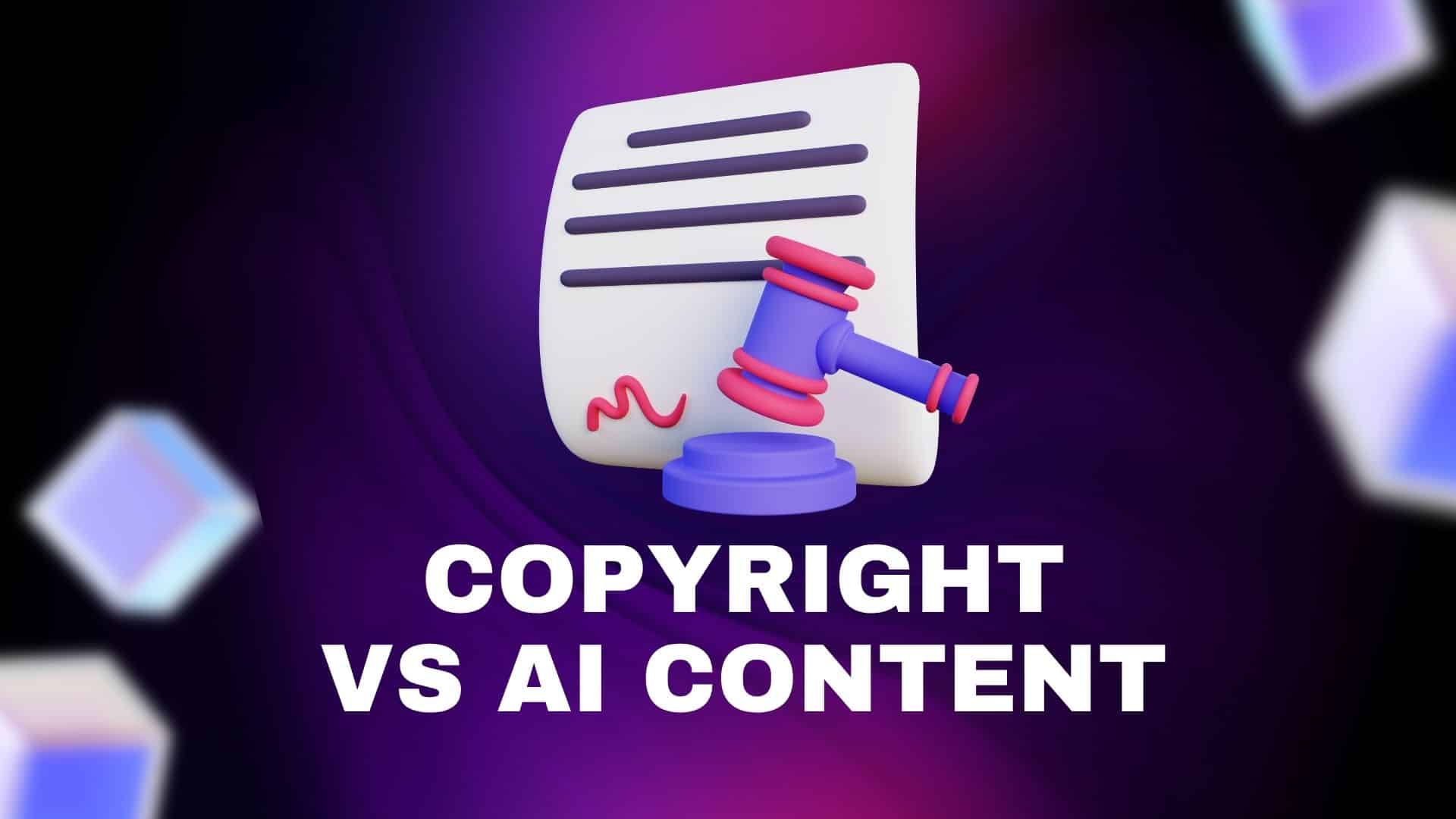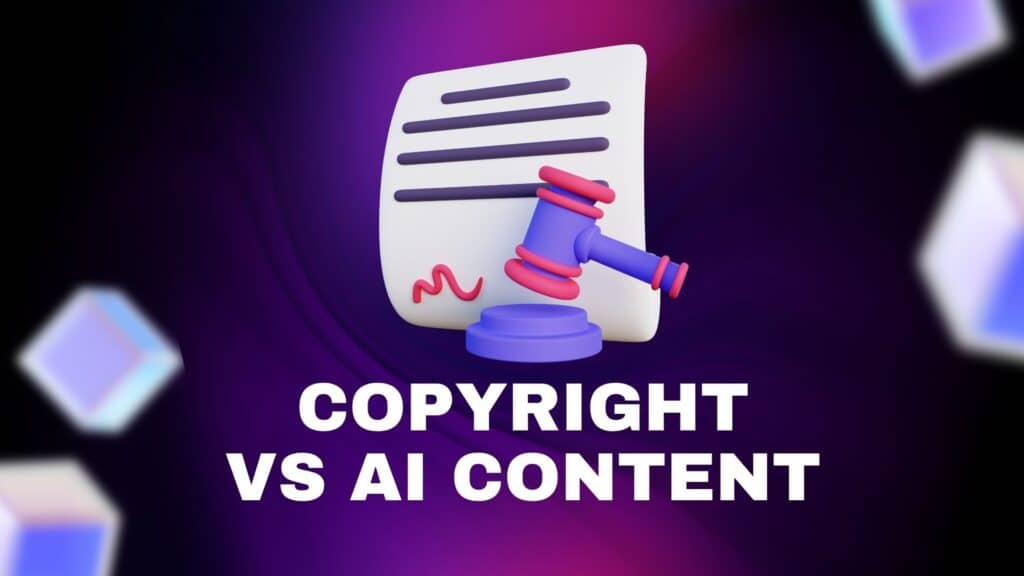

Artificial Intelligence (AI) is no longer just a futuristic concept—it’s embedded in how we write, design, compose music, and even create legal documents. From tools like ChatGPT and Midjourney to Runway and ElevenLabs, creators everywhere are leveraging AI to speed up their workflows and produce content at scale.
But there’s a major legal and ethical question lurking in the background:
Who actually owns the content created by AI?
Can a human claim copyright over something that a machine generated? Can companies use AI tools to produce art or copy without worrying about infringing someone else’s rights? What if your own work—your voice, your writing, or your drawings—was used to train an AI model without your permission?
This blog breaks down what’s happening in the rapidly evolving field of intellectual property (IP) law and AI-generated content, using real-world examples, legal precedents, and practical insights you can use—whether you’re a creator, entrepreneur, brand, or developer.
Let’s start with the basics: What does the law actually say about AI content and copyright?
According to the U.S. Copyright Office, for a work to be eligible for copyright protection, it must have an identifiable human author. In short: no humans, no copyright.
This position was reinforced in 2023 and 2024 when courts ruled that works entirely created by AI systems—without meaningful human input—are not copyrightable. Even when the AI model performs complex creative tasks like writing music, generating stories, or designing visuals, the law still prioritizes human creativity as the basis for ownership rights.
Why? Because copyright law has always hinged on two things:
So, if you input a prompt like “paint a sunset in Van Gogh’s style” into Midjourney, and the AI generates a beautiful piece of art, that resulting image isn’t protected under copyright law—unless you make substantial, original contributions to it yourself (like compositing, editing, or integrating it into a broader human-created work).
The Human Element: Where the Line Is Drawn
It’s important to understand that AI-assisted content is not the same as AI-generated content.
If you use AI as a tool—like how a photographer uses a camera or a designer uses Photoshop—you may still qualify for copyright, as long as your contribution involves creative decision-making.
Copyrightable example:
You use ChatGPT to brainstorm ideas, then write, edit, and structure the final blog yourself.
Not copyrightable:
You type “Write a blog about AI copyright” and post the generated content without editing, structuring, or guiding it meaningfully.
The legal difference lies in control and creative contribution.
In 2022, artist Kris Kashtanova created a comic titled Zarya of the Dawn using Midjourney to generate its illustrations. The story and layout were hers, but the images were AI-generated. Initially, she received full copyright—but when the Copyright Office learned how the images were created, they partially revoked the registration.
Only the human-authored narrative and layout were protected. The visuals? Not copyrightable.
This was a landmark moment. It drew a legal boundary between what AI generates and what the human actually does with that content.
Théâtre D’Opéra Spatial
In another widely publicized case, artist Matthew Allen used Midjourney to create a digital painting that won first place at a Colorado art fair, entitled Théâtre D’Opéra Spatial. He then edited the image using Photoshop and Gigapixel AI.
Despite his edits, the U.S. Copyright Office still rejected full copyright, arguing that his changes weren’t enough to count as original human authorship. The AI-generated image remained outside legal protection.
This reinforced a critical idea: just editing or enhancing AI-generated content may not be enough to claim ownership. The creative process must start and be meaningfully shaped by a human.
A second major legal frontier is forming around training data.
Modern generative AI models don’t create from scratch—they learn from existing material. Often, they’re trained on massive datasets that include copyrighted works: books, news articles, photographs, music, and even academic research.
Many of these works are used without permission, sparking a wave of lawsuits:
At the heart of all these lawsuits is the question:
Is it legal for AI developers to use copyrighted content as training data under “fair use”?
This hasn’t been definitively answered yet. Some courts may rule in favor of AI developers under the doctrine of fair use, while others are pushing for more transparency and licensing agreements.
How Laws Are Shaping Up Globally
Here’s how different countries are handling the copyright implications of AI:
| Country | Position on AI Copyright |
| USA | AI-generated content is not copyrightable without clear human authorship. Partial registrations are possible for human contributions. |
| UK | Allows copyright of “computer-generated works” if human arrangement is involved. This law is under review. |
| EU | The AI Act (effective 2024) requires providers to disclose training data sources and label AI-generated content. |
| China | Some courts have ruled in favor of copyright for AI-generated works if the creator can show significant human involvement. |
| Japan | More flexible on using copyrighted materials for training, but distribution of AI outputs still faces strict scrutiny. |
The trend is clear: Governments are scrambling to balance innovation with protection of original creators.
Deepfakes & Voice Cloning: A New IP Frontier
As AI grows more sophisticated, deepfakes and voice cloning have become major threats to personal and creative rights.
In response, Tennessee passed the ELVIS Act, the first U.S. law that makes it illegal to replicate a person’s voice without their permission using AI. Other states are considering similar legislation to protect actors, artists, and everyday people from having their identities hijacked by deepfakes.
This opens a new chapter in IP law:
Not just protecting what we create—but protecting who we are.
Voice, likeness, style, and persona may soon be as protected as songs and scripts.
To address these challenges, tech companies and legal experts are creating tools that:
These tools are still in development, but they represent a new model of ethical AI use that could bridge the gap between innovation and protection.

The copyright conversation is no longer theoretical. It affects:
The one takeaway is this:
Use AI as a co-pilot, not a ghostwriter.
Always leave your human fingerprint on the work.
Document your process. Register what you contribute. Stay updated on evolving laws.
Q: Can I copyright something made with Midjourney or ChatGPT?
A: Only if your human input—story structure, edits, or composition—is substantial and creative.
Q: What if AI was trained on my work without permission?
A: You may have a case. Courts are still deciding whether training data use counts as infringement.
Q: Is it safe to use AI-generated content in my business?
A: Only if you understand your risk. Use tools with clear licensing, and avoid posting raw, unedited AI content as “original.”
Q: Are copyright laws changing?
A: Yes. The EU’s AI Act is already in effect, and the U.S. is considering legislation that forces AI companies to disclose their training data.